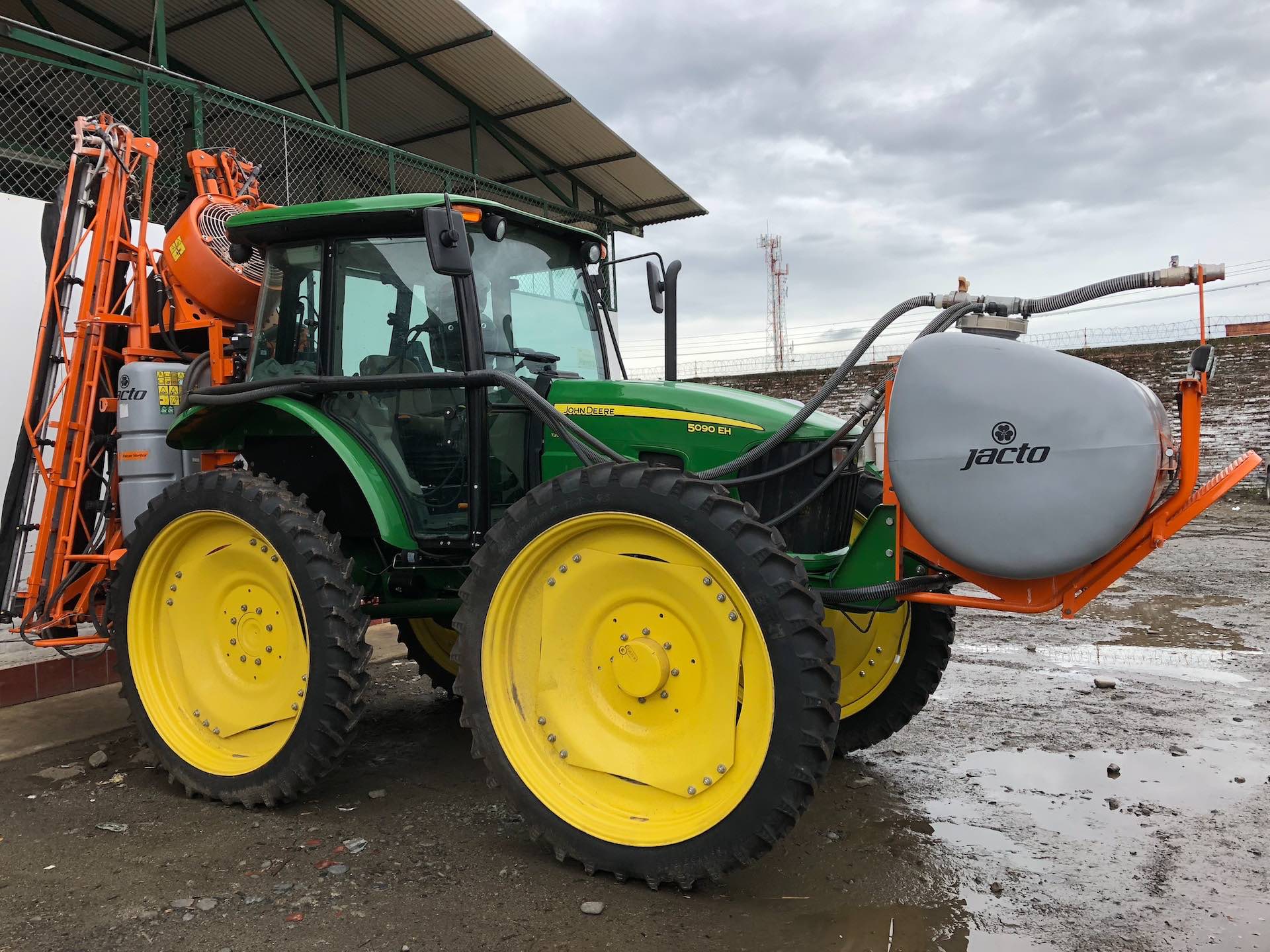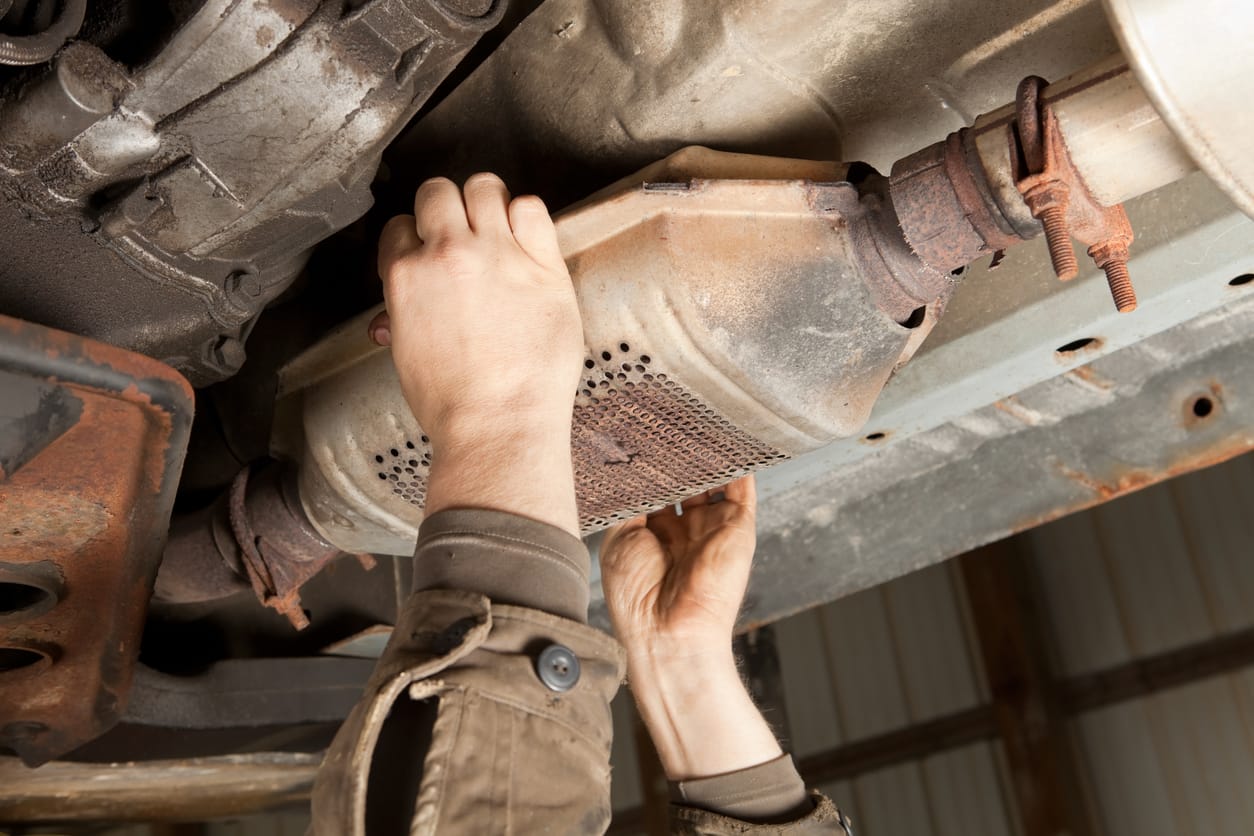With a fuel economy of 16 miles per gallon, Navistar’s International SuperTruck II has passed a key milestone. Comparing this to a baseline in 2009, freight efficiency has increased by 170%. The SuperTruck II’s outstanding performance is proof of Navistar’s dedication to improving fuel efficiency in the transportation sector.
The SuperTruck II was exceptional in more than simply fuel economy. Additionally, it was able to achieve a thermal efficiency for engine brakes of 55%. A major metric for determining an engine’s overall efficiency is the manner in which it transforms the heat from fuel into work. The engine utilizes the energy in the fuel more efficiently the greater the proportion.

The SuperTruck II is a component of a project run by the US Department of Energy (DOE). The SuperTruck initiative, which was established in 2009, collaborates with truck manufacturers to build prototype vehicles that increase efficiency and adhere to more stringent regulations regarding the environment. SuperTruck II, the program’s second phase, became available in 2016.
Programs run by the DOE go beyond only meeting environmental regulations and fuel efficiency targets. Additionally, it evaluates the potential prospects for total cost of ownership for different types of technology. Furthermore, it simulates high-voltage electrification initiatives, such as hybrid technology that may be used to completely electric cars.

A hybrid truck having a combustion engine as well as high-voltage add-ons and technology is the International SuperTruck II. These were created in collaboration with Traton Group and Bosch. Combustion, friction, gas exchange, and airflow through the engine were all areas where the engine was improved.
A rebuilt cylinder head with a twin overhead cam engine and an improved fuel system are hallmarks of the SuperTruck II. When compared to the International SuperTruck I, these modifications led to a 2% increase in fuel efficiency.
For the least amount of aerodynamic drag, the SuperTruck II’s box is 100% composite. It has integrated cross members that are extremely lightweight, regulated under-body flow, and composite aero treatments. By lowering the amount of resistance the truck faces while moving, these design features help the truck use less gasoline.
Next-generation solar panels with networking possibilities are included with the SuperTruck II. By supplying more electricity, these solar panels can lessen the truck’s reliance on its internal combustion engine and increase its fuel efficiency.

The International SuperTruck II from Navistar marks a significant advancement in the trucking industry’s quest for improved sustainability and fuel economy. The SuperTruck II is setting new benchmarks for the sector with its remarkable fuel efficiency, excellent engine brake thermal efficiency, and cutting-edge technologies.
Discover the revolutionary accomplishments of Navistar’s International SuperTruck II, a revolutionary in the quest for environmentally friendly and fuel-efficient transportation. As the top freight broker, Ship A Car, Inc. salutes the SuperTruck II’s outstanding advancements in fuel economy, engine brake thermal efficiency, and cutting-edge technology, which have cemented its status as a pathfinder in the sector.
- What is the International SuperTruck II’s fuel efficiency? With a fuel economy of 16 miles per gallon, the International SuperTruck II has improved freight efficiency by 170% over a baseline year of 2009.
- What is the SuperTruck II’s engine brake thermal efficiency? An indicator of how well an engine turns heat from fuel into work is the SuperTruck II’s 55% engine brake thermal efficiency.




